Teotihuacán is an archaeological site located in the central highlands of Mexico. Teotihuacán, often referred to as the “City of the Gods,” is a testament to the ingenuity, architectural prowess, and cultural richness of an ancient civilization that once thrived in the region.
This ancient metropolis, with its awe-inspiring pyramids, intricate murals, and enigmatic origins, stands as a beacon of human achievement and a window into the past.
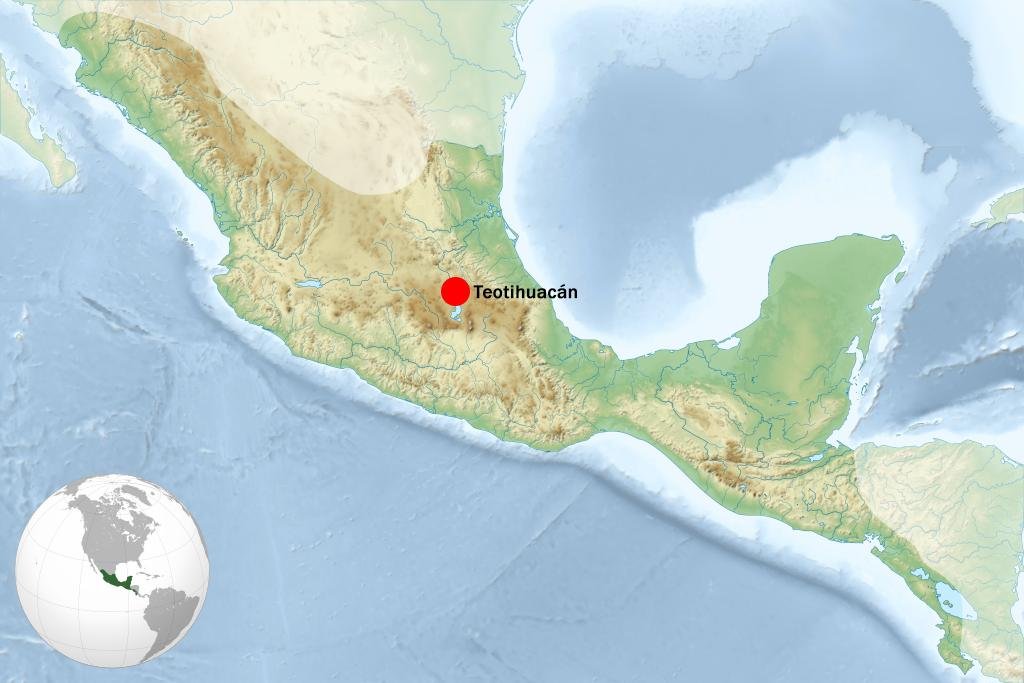
Teotihuacán
The designation Teōtīhuacān was assigned by the Aztecs, who spoke Nahuatl, centuries after the city’s decline around 550 CE. The term has been elucidated as “the birthplace of deities” or “the location where gods were born,” mirroring Nahua creation narratives believed to have transpired within Teotihuacan. Nahuatl expert Thelma D. Sullivan construes the name as “place of those who have the road of the gods.” This stems from the Aztec belief that the cosmos was fashioned by the gods at that very site. The name is articulated as [te.oːtiːˈwakaːn] in Nahuatl, with the emphasis on the syllable “wa.” According to standard Nahuatl spelling conventions, an accent mark would not typically appear in that position.

Origins and Early Development
Teotihuacán’s rise to prominence occurred between the 1st and 7th centuries CE, making it one of the most influential and enduring civilizations in Mesoamerica. Its exact founding remains a subject of debate, but by the time it reached its zenith, Teotihuacán had established itself as a major political, economic, and religious center.
Related: Teotihuacan Virtual Tour
Nestled in the Teotihuacán Valley, approximately 30 miles northeast of present-day Mexico City, the city’s strategic location contributed to its rise as a major center of trade, culture, and spirituality.
Urban Planning and Layout
Teotihuacán’s urban layout is a masterpiece of organization and symmetry. The city’s grid-like plan features wide avenues, plazas, and meticulously aligned structures. The main axis, known as the Avenue of the Dead, runs for approximately 2.5 kilometers and is flanked by impressive structures, plazas, and residences.
The Avenue of the Dead culminates in the Ciudadela, an expansive enclosure dominated by the imposing Temple of the Feathered Serpent. This intricate temple complex, adorned with sculptures of the feathered serpent deity Quetzalcoatl, showcases Teotihuacán’s mastery of stone carving and symbolism.

Architectural Marvels: The Pyramids
At the heart of Teotihuacán’s architectural splendor stand two iconic structures: the Pyramid of the Sun and the Pyramid of the Moon.
The Pyramid of the Sun, an imposing stepped structure, commands attention with its sheer size and presence. Standing at around 216 feet tall, it was constructed using massive stone blocks and is aligned with astronomical precision. This alignment reflects Teotihuacán’s deep connection to celestial phenomena.

Adjacent to the Pyramid of the Sun, the Pyramid of the Moon adds to the city’s mystique. This pyramid’s design features multiple levels, each representing a distinct phase of construction. Archaeological excavations have revealed intricate murals and offerings within the pyramid.
Artistic Expressions and Symbolism
Teotihuacán’s artistic achievements provide a glimpse into its complex cosmology and belief system. Elaborate murals found within the city’s compounds depict scenes of ritual, mythology, and daily life. The Tepantitla Murals, for instance, reveal ceremonies, deities, and vibrant individuals engaged in various activities. These vivid artworks not only showcase the city’s artistic prowess but also offer insights into its spiritual practices and cultural values.
Among the recurring motifs in Teotihuacán’s art is the Feathered Serpent, a deity symbolizing creation, transformation, and renewal. Depictions of this deity across the city underscore its central role in Teotihuacán’s pantheon and its significance to the city’s inhabitants.

Society and Influence
Teotihuacán’s societal structure and governing mechanisms remain subjects of scholarly inquiry. Unlike other ancient civilizations, Teotihuacán lacks clear evidence of a centralized monarchy or royal inscriptions. This decentralized nature, coupled with its cultural diversity, suggests that power and influence were distributed among multiple social groups.
Evidence of Teotihuacán’s widespread influence can be seen in its art, architecture, and trade connections. The city’s reach extended beyond its borders, forging connections with distant regions and cultures. Trade routes linked Teotihuacán to other Mesoamerican societies, facilitating the exchange of goods, ideas, and artistic styles.
Fall of Teotihuacan
By the 7th century CE, Teotihuacán’s influence had waned, and the city was gradually abandoned. Factors contributing to its decline remain subjects of debate and speculation. Factors such as environmental challenges, shifts in trade routes, and internal unrest have been proposed as potential contributors.
Despite its decline, Teotihuacán’s legacy endures. Today, Teotihuacán is a UNESCO World Heritage site, drawing visitors from around the world who seek to connect with the past and witness the remnants of a once-thriving civilization.
The site’s preservation as a UNESCO World Heritage site underscores its global significance. Modern research and technological advancements continue to shed light on its history, with non-invasive techniques revealing hidden structures and urban features beneath the surface.

Preservation and Exploration
Preserving Teotihuacán’s legacy requires a delicate balance between exploration and conservation. Archaeological projects and interdisciplinary collaborations strive to unravel Teotihuacán’s complexities. Researchers from fields including archaeology, anthropology, and geophysics employ cutting-edge technologies to uncover the city’s secrets.


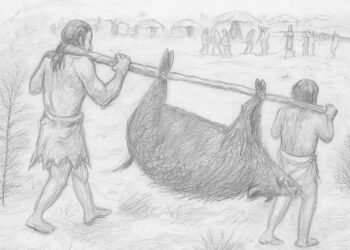
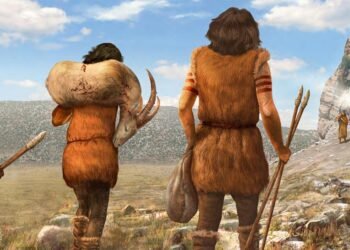


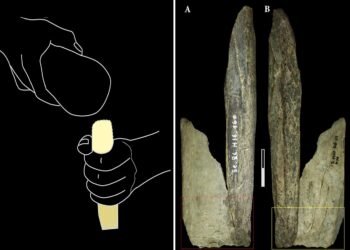















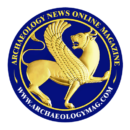
Comments 0